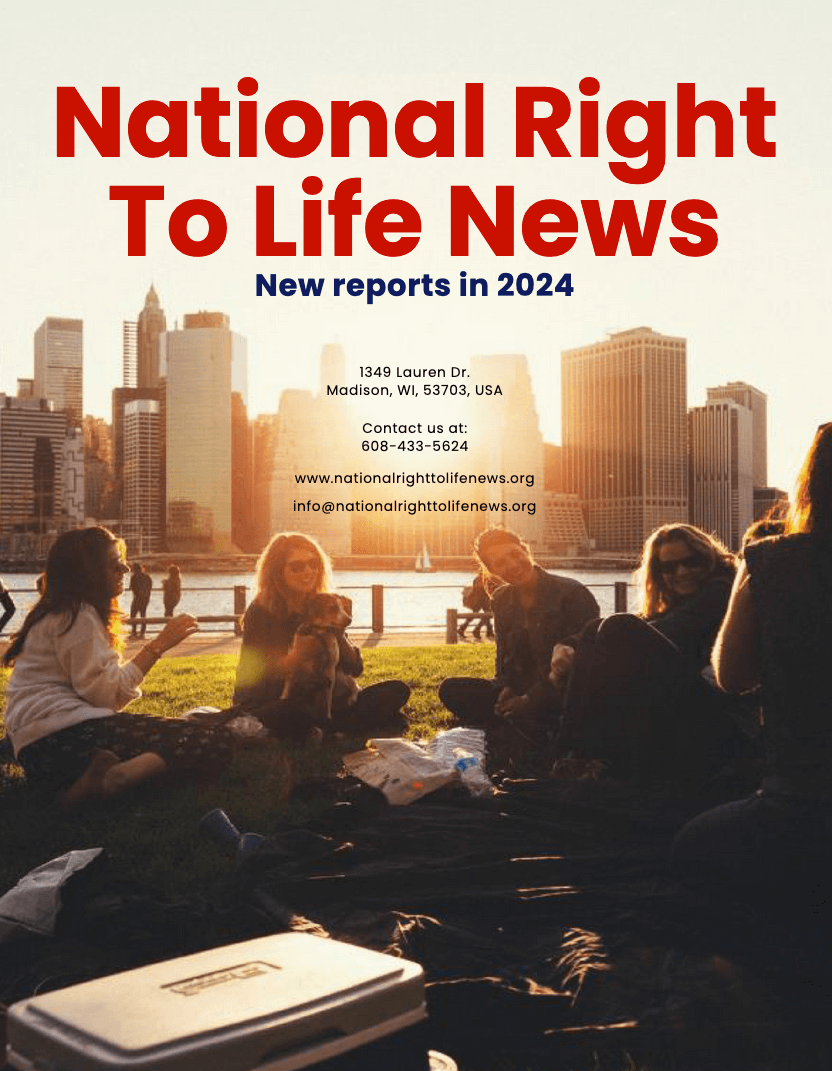It is evident that those who advocate for the rights of the unborn would be well-advised to recognize the profound impact that the overturning of Roe v. Wade has had on American culture. The decision in Dobbs v. Jackson Women’s Health Organization made what many had considered to be a distant possibility a reality. On June 24, 2022, the misguided and oppressive policies that were enacted on January 22, 1973, came to an end.
However, USA Today’s John Fritze takes this analysis a step further, stating that the Supreme Court’s abortion decision had an “incalculable” impact on the United States. It will be interesting to see the results of this analysis.
The first point to consider is the apparent increase in support for abortion. However, it is important to note that this has been discussed in several previous posts, with John McCormack providing a succinct summary of the situation.
A recent poll indicates that Americans are less supportive of a right to abortion than they were following the Dobbs leak in May 2022. However, this represents a shift from the levels of support observed in the years leading up to Dobbs.
In a recent Gallup poll, Lydia Saad reported that 47% of Americans now believe that abortion should be legal in all circumstances, while 49% want it legal in only a few or illegal in all.
In the year after Dobbs, 53% of people said abortion should be legal in all or most cases, while 45% said it should be legal in few or no cases.
This year, the pro-life side gained about 4% on this benchmark question.
Before the Supreme Court decision on June 24 last year, most states allowed abortions until the fetus could survive outside the womb, around 24 weeks into a pregnancy. This was the standard set by the Supreme Court in the 1992 decision Planned Parenthood v. Casey.
In the wake of the Dobbs decision, abortion is currently unavailable in 14 states, and courts have blocked the enforcement of bans approved in several other states, according to the Guttmacher Institute, a research group that supports abortion rights and tracks reproductive issues. Those bans, abortion rights advocates argue, have had a disproportionate impact on individuals who are unable to travel out of their home state.
The abortion industry has expressed concern about this development, even as they advocate for legislation (and constitutional amendments) that would eliminate even the most minimal protection for the youngest Americans. In contrast, pro-life advocates view the Dobbs decision as a significant victory, the result of a decades-long campaign to overturn the 1973 Roe decision and return the issue to the hands of elected state leaders. Those in favor of limiting abortion rights argue that conservative lawmakers and governors who have banned or severely limited access to abortion have done so in response to the will of their voters.
In his opinion in Dobbs, Justice Samuel Alito wrote, “Stare decisis, the doctrine on which Casey’s controlling opinion was based, does not compel unending adherence to Roe’s abuse of judicial authority.” He further stated that Roe was “egregiously wrong from the start,” that its reasoning was “exceptionally weak,” and that the decision has had “damaging consequences.” He also noted that Roe and Casey have “enflamed debate and deepened division,” rather than bringing about a national settlement of the abortion issue.
Fritz writes
The Supreme Court took a nosedive in approval following the decision last year, a drop driven almost entirely by anger at the decision from the left. Just more than four in 10 Americans approved of the job the Supreme Court is doing compared with 56% who disapprove, according to a Marquette Law School poll earlier this year. Roughly two-thirds of Republicans approved of the high court.
However, when individuals are fully informed of the implications of the Supreme Court’s Dobbs opinion, a different perspective emerges. Rasmussen posed the following question:
“The Supreme Court recently overturned the 1973 Roe v. Wade decision, so that each state can determine its own laws regarding abortion. Do you approve or disapprove of the court overturning Roe v. Wade?”
The Harris poll revealed that 50% of respondents approved of the proposal, while 45% disapproved. The poll posed the following question:
“Do you think it is better for abortion standards to be set by judges of the supreme court, by a vote of Congress or by the legislatures of each individual state?”
A total of 25% of respondents indicated that they would prefer Supreme Court judges to make the decision, while 31% expressed a preference for a Congressional vote. The remaining 44% of respondents indicated that they would prefer state legislatures to make the decision.
Both Rasmussen and Harris surveys indicated a preference for state legislatures to make the decision on abortion law, which is precisely what the Supreme Court decided in Dobbs. In fact, two of the justices have been subjected to criticism for reasons that have no apparent connection to the outcome of the Dobbs case. On Friday, we will discuss the far-reaching implications of the Dobbs decision.
Daniel Miller is responsible for nearly all of National Right to Life News' political writing.
With the election of Donald Trump to the U.S. presidency, Daniel Miller developed a deep obsession with U.S. politics that has never let go of the political scientist. Whether it's the election of Joe Biden, the midterm elections in Congress, the abortion rights debate in the Supreme Court or the mudslinging in the primaries - Daniel Miller is happy to stay up late for you.
Daniel was born and raised in New York. After living in China, working for a news agency and another stint at a major news network, he now lives in Arizona with his two daughters.

